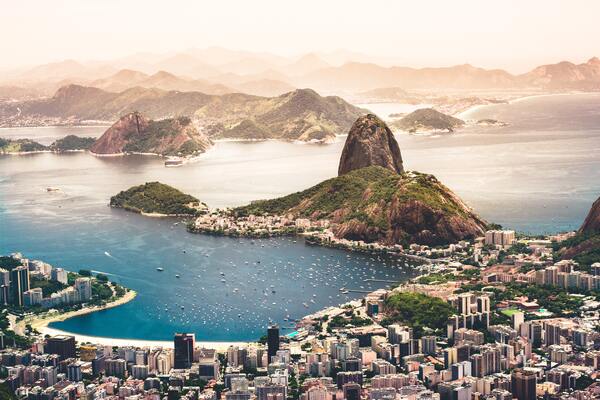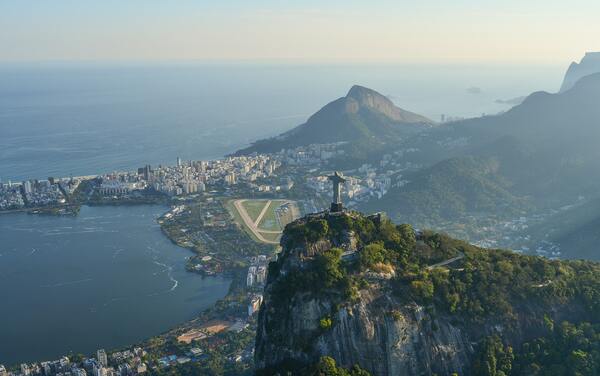
Does Brazil Have Daylight Savings? Yes
Since 1931, Brazil has observed daylight savings time in an effort to conserve electricity; however, as of 2017, technical studies contend that this policy is no longer effective. So why does Brazil end daylight savings? Here are the answers.
The History Of Brazilian Time
Brazil was the first country to implement daylight saving time in 1931. At first, it was applicable to the entire nation (with the exception of a brief period in 1963). After being discontinued in 1968, DST was reinstated in 1985. DST was then limited to certain regions of the country starting in 1988.
By delaying all time changes for at least a year, Brazil is currently “experimenting” with the end of Daylight Savings Time once more. On April 26, 2019, the announcement was made formally.
So what led to the change this time?
Exams for high school in Brazil might have played a role. In 2018, it was suggested that Brazil would move its DST date to November 18th, giving time to change the impact of The most significant university entrance exams in the nation taking place during DST.
The end of Daylight Savings Time was shortened by two weeks several years ago thanks to a new law that consolidated the start of Carnaval across the entire country. Another crucial factors to take into account were the run-off elections in November.

Why Did Daylight Savings Start
Since daylight doesn’t require electricity, the main goal of daylight savings time is to make better use of daylight. So, clocks are advanced one hour to reduce the peak period of electricity use between 6:00 and 9:00 pm.
According to the Ministry of Mines and Energy, the goal of this measure is to encourage the “flattening of the consumption curve,” which will lower peak electricity usage during this time. So, from 6:00 pm to 9:00 pm, consumption would remain low, with less strain on substations, overhead power lines, and the grid supply.
The primary cause of this load peak is the coincidence of street lighting at dusk and household showers turning on; this is consistent with Brazilians’ typical schedules for taking showers.
The length of daylight saving time was determined by technical standards that demonstrate the best way to take advantage of light differences between summer and other seasons.
Studies show that historically, daylight savings time is more effective in areas far from the equator, where the difference in light between summer and other seasons is less pronounced. Because of this, Brazil’s northern regions do not adjust their clocks.
Half Did, Half Did Not
There has been a change away from DST in Brazil’s northern states due to their proximity to the equator, while all of the United States will observe Standard Time. Therefore, the majority of the country’s northern region, including the cities of Salvador, Manaus, Recife, Fortaleza, Belem, and Natal, continued to observe Standard Time.
The following Brazilian states observed the end of Daylight Savings Time: Rio de Janeiro, So Paulo, Santa Catarina, Espirito Santo, Goiás, Mato Grosso (partial), Mato Grosso Do Sul, Minas Gerais, Parana, and the Rio Grande do Sul.
Something to bear in mind whether conducting business, enjoying leisure, or calling friends and family.
Why Does Daylight Savings End
The MME Energy Secretariat and the Operator of the National Electricity System (ONS) began a thorough investigation into the impacts of daylight saving time from an electric system perspective in the second half of 2016.
The conclusion, announced in August 2017, stated that “the application of this public policy currently brings results close to neutrality for the average Brazilian electric power consumer.”
Justification can be found in the Brazilian consumer’s changing habits and possessions. In recent years, a greater amount of climatization equipment—particularly air conditioning devices—has been strongly linked to an increase in the profile of the electrical load curve.
In this regard, not only the incidence of daylight but also the applied methodology must necessarily take temperature into account as an explanatory variable.
As a result, the peak daily electricity demand was shifted to the day, resulting in a neutral decrease in consumption. In fact, some methodologies even indicate a slight increase in electrical load as a result of daylight saving time.
The peak in electricity demand today occurs between 2:00 and 4:00 pm as a result of rising temperatures and increased use of air conditioners.
Things To Do For The End Of Daylight Savings Time
- Reset all of your clocks. The car and your microwave should not be forgotten.
- Sort through your Brazilian music to freshen up your personal playlists!
- Lights and smart lights can be programmed to turn on when needed.
- Get familiar with light therapy, particularly during the depressing Standard Time months.
- Update your Smart Home routine and IoT devices
- Plan a few Brazilian events to fill up the long nights ahead.
- Perhaps it’s time to replace the batteries in your smoke alarms.
- For a fresh start before the time change season, change the air filters in your house.
